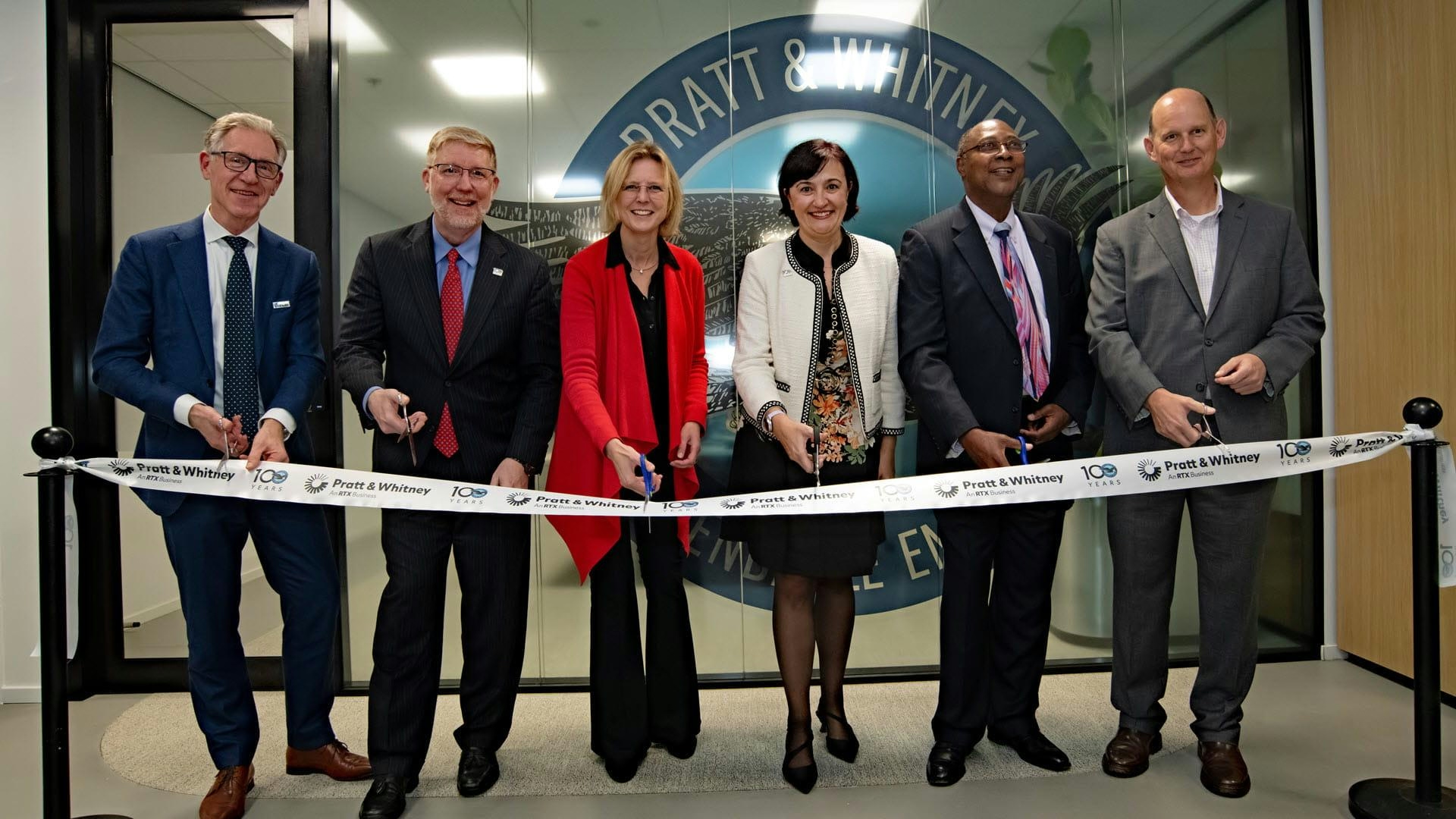
AeroGenie — Votre copilote intelligent.
Tendances
Categories
Air India Crash: Expert Analysis Dismisses TCMA Failure, Raises New Questions
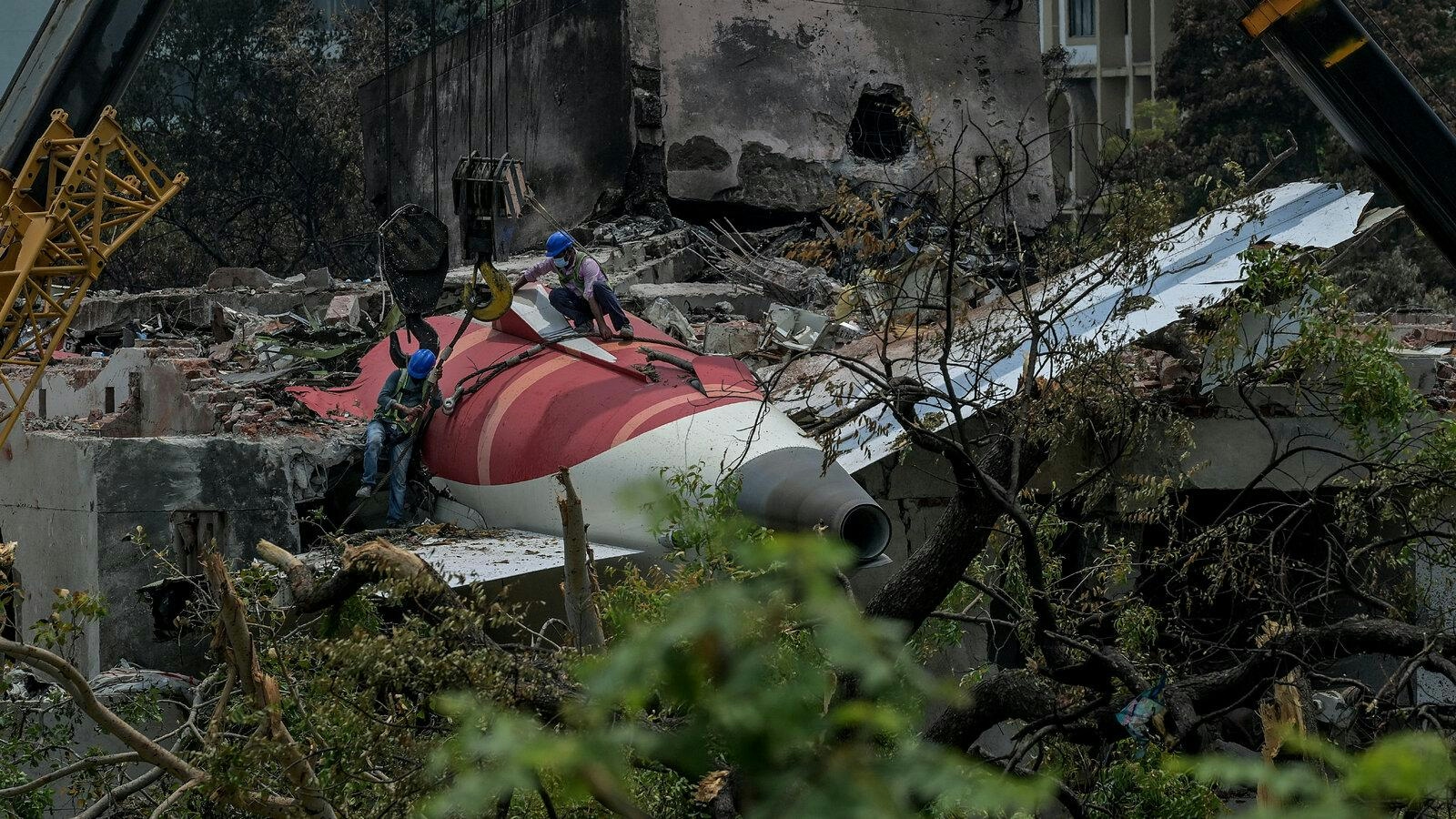
Air India Crash: Expert Analysis Dismisses TCMA Failure, Raises New Questions
Challenging the Official Narrative
A recent video analysis by aviation expert Vikram V, known online as Wyngx, has cast doubt on the preliminary findings of the Aircraft Accident Investigation Bureau (AAIB) regarding the Air India AI-171 crash. Utilizing advanced 3D modeling and a meticulous frame-by-frame examination of publicly available footage, Vikram reconstructs the final moments of the Boeing 787, challenging both widely accepted theories and the official account of the incident.
With over a decade of experience in aviation safety and a reputation for detailed cinematic reconstructions, Vikram’s latest work not only disputes the AAIB’s initial conclusions but also raises broader concerns about pilot fatigue amid increasing travel demand and the sufficiency of existing safety protocols.
Key Issues Raised by the Simulation
Vikram’s analysis focuses on three critical points, notably dismissing the theory of a Thrust Control Malfunction (TCMA) and the possibility of an accidental fuel switch cut-off. The first question addresses how the aircraft continued to accelerate after the reported fuel cut-off. According to the AAIB’s preliminary report, the takeoff roll began at 1:37:37 pm, with the aircraft reaching V1 speed of 153 knots and peaking at 180 knots by 1:38:42 pm. The report states that immediately after reaching this speed, the engine fuel switches were moved to the cut-off position. However, Vikram’s simulation reveals that the aircraft continued to gain speed for an additional five seconds, reaching 196 knots—contradicting expectations that speed would stabilize or decline once the engines were shut down.
Secondly, the video questions whether the fuel switches were actually moved from the run to the cut-off position. While cockpit audio indicates that the pilots discussed the switches, there is no definitive evidence confirming that the action was taken. This ambiguity raises significant doubts about the sequence of events and the reliability of cockpit procedures under high-stress conditions.
Finally, the investigation has reignited debate over the role of cockpit video recordings in aviation safety inquiries. Industry experts argue that such recordings could provide crucial clarity in cases where audio and flight data logs fail to offer conclusive answers, potentially enhancing transparency and accuracy in accident analysis.
Broader Industry Implications and Ongoing Responses
The AI-171 crash has intensified scrutiny of pilot fatigue, particularly as airlines contend with rising passenger demand and increasingly compressed schedules. The incident has also triggered market concerns, including the prospect of higher insurance premiums and a renewed emphasis on safety standards across the industry. Competitors are reportedly reassessing their own safety protocols and pilot training programs in response to the tragedy.
Meanwhile, families of the victims have engaged a US law firm to explore legal avenues and advocate for a more comprehensive investigation. As the official inquiry proceeds, Vikram’s analysis highlights the urgent need for greater transparency and technological advancements in aviation safety. The questions raised by his simulation expose gaps in the current investigation and underscore the importance of robust data collection—including the potential use of cockpit video recordings—in preventing future disasters.
Comments
- T
Ted Ralstonpositioj
171 was perfectly normal up until time :42 or :43 when both Fuel switches were selected to Cutoff. All actions by engines, airplane, and RAT after tha time are caused soley by that 'cutoff' event. There were no failures anywhere in the numerous systems; all perfrmed as designed. There is no contribution by the numerous theories spilt all over the Iternet...there is no massive electrical failure, no APU battery fire, no engine failure, no TCMA involvement, no dragging brakes, no deeply-seated software glitches, no fuel switch failure, not pilot chair slipping backward pulling the throttels to idle. The CCTV, the Engines, the Airplane and RAT, and the IIAB Prelim Report all tell the same story. If we had access, we would find the FADEC data archives adding to that story. Note the way the IIAB report is cleverly written: bare-bone facfs that are not going to have to be changed, with a style the discusses only exceptions to the normal act of dispatch and takeoff, after settig the stage with the parameters of the flight. The purpose of the report is not to answer all of our questions or educate us, it is to outline the direction of their analysis. The myriad streaming data and CVR voice marks will be reserved for the final report. It is up to us, in the meantime, to fill in the gaps between the initiation of flight and what took place around :41 following normal training - the logical argument that with no remarks made or exceptoons noted in the report, the steps prior to :41 were normal. That tells us a lot in itself. It is worth noting that airplane operatiosn are highly structured, such that the logical argument abovd can be made with confidence. There is one note that must be made as it relates to mis-understanding on airspeeds after :41...airspeeds in the IIAB Report are given in IAS terms - Indicated airspeed, or the values calculagted by the Airspeed Module, which is a simple calculation based on the Pitot or Total Pressure in the airstream, and the Static or ambient pressure of the air mass. At high angles of attack such as at rotation, IAS reads falsely high as the airflow accelerates around the ovate nose, where the static sensors are located. The airplane air data module adjusts the reported IAS numbers by a compensaton term derived from the angle of attack indicators; the resulting Calibrated Airspeed (CAS) is presented to the crew and to the autopilot. Thus that apparently sudden acceleration from 155 at Vr to 180 at :42, just 7 seconds larger is in uncompensated AIS terms; the accompanying sudden 10-12 angle rotation occurring at that time would induce a heavy static pressure variation that needs to be accounted. It is apparent that the 180 IAS must be 162 CAS, or a -18 kt correction. The final report should give the CAS data as well - it is in the EAFR data stream. We know that it is 162 - because that is the planned V2 speed, which occurs at the end of rotation if the pilot rotates to the angle of pitch commanded by the pitch bars on PFD. We can check another way - the acceleration rate between two points we are given - 153 V1 and 155 VR - is 1 kt/sec. Extending this rate to the next 7 seconds to the :42 point quoted for the 180 kt - is 7 kt, or 155+7 = 162. It closes nicely. After the fuel chop at :42, all meaningful thrust would have ended 2 second later...it is not physically possible to gain more than 1-2 kt from the 162 point. And indeed the report confirms this, quoting in IAS terms. Furthermore, it is clear that the pilot flying (FO, as has been reported) was holding steady on the longitudinal pitch - or we would see relatively large swings in AIS, influenced as it is by angle of attack. A second confirmation of 162 CAS as the maximum speed reached is in the very purpose of holding to the target V2 - 162 in this case - to be at the airspeed for maximum climb performance if one engine were to fail. So what do we have, all taken together? By lack of flight crew remark, we have good dispatch data, good pushback, good engine start (eg the fuel switches were working just fine), good backtaxi, good takeoff clearance and roll. Critically, we had good 80kt 'system status check' which included takeoff acceleration, and good V1 or ;engine status check'. As per paragraph above, we had good rotation , hit the right speed, and pilot held steadyhand. Nowhere throughut any of the checkpoints up to rotation is there any remark about anything being out of order or off-normal. The first indicationis the digital position indication in the fuel switches going to Cutoff, and rigth after that the engines confirm that the DC side of the switches was in the Off position as well - as they began decelerating at an abnormal rate, 2 or 3 times the normal rollback rate cause by throttle. This extreme decel rate triggers the Engine Failure logic in the FADEC, a calculation based on abnormal simultaneous sudden decline in engine parameters. FADEC sets the ENG FAIL fault message on the data stream going to the to the airplane within 0.2 sec of the fuel chop. The engines have not technically failed -they are intact and functional, just have no fuel going into them. We know they are functional since they re-lit 10 seconds later when fuel and ignition were restored. The extreme deceleration caused by fuel-off at takeoff power looks to the FADEC sensors just like an engine failue, so the ENG FAIL message gets set. This is important - as no thrust occurs whether the engine has truly failed - so to the airplane, the effect is the same. At takeoff conditions, 2 @ ENG FAIL messages will trigger the airplane to deploy the RAT. This initiates within 0.5 second. Note that it is a FADEC signal that causes the airplane to deploy the RAT; FADEC (which is part of the engine) can not directly command any airplane action . So what we end up with is all within 1-2 seconds of :41.,, a) fuel off one engine; b) fuel off the other engine; ; c) extreme decelertion and drop in thrust; d) ENG FAIL signal from FADEC to airplane; e) RAT deployment initiated; e) APU start sequence initiated; pilot still holding V2 pitch attitude, even as airspeed starts dropping off. All in 2 seocnds. All factors were direct result of fuel switches set to Cutoff; no other faults were present. The restart attempt 6 and 10 seconds later proves that the DC buss was functioning correctly, as the fuel valves opened; proves also that the AC power (provided by RAT at this point) was in good shape, providihg AC to the engine ignitors. And this proves that FADECs were working properly, providing AC to the ignitors, scheduling compressor bleeds and VSV to enable the starts. Ther engine that had been allowed to decelerate an additioal 4 seconds was so far down in N2 by then, into the RPM range where Starter Assist was required - but starters require Ground Power, APU, or opposite engine generator power, none of which were available. The fuel switch position indications, now reporting Run positioj, proves that the Digital side of the switches was working; and proves that TCMA was not a factor - for 3 reasons. The switch positions properly indicated as just stated, which means that the fuel switches caused the fuel to flow; and TCMA if it had operated would require MX action to reset it; and the Weight on Wheels switches had moved during to Air, during rotation, which depowers TCMA. Whew! Long explanation. But critcal. It was just another day at hte office - everything just fine as in the 3000 accumuted takeoffs this crew had been party to; until someone pulled and reset the fuel switches. At that singular moment in time - the few seconds after rotation - then and only then, the well-calculated effect was fatal.
- S
S Mehta
For someone who "has a decade of aviation experience" he's missed a lot. Please see the comments on his YouTube video and you'll know.
- E
Erik Maxwell
I have seen the Simulation video. The production is excellent, but it does not faithfully reproduce the tragic flight, as it yields different "data" from what is in the AAIB Preliminary Report. The latter must be taken as gospel until further information becomes available.
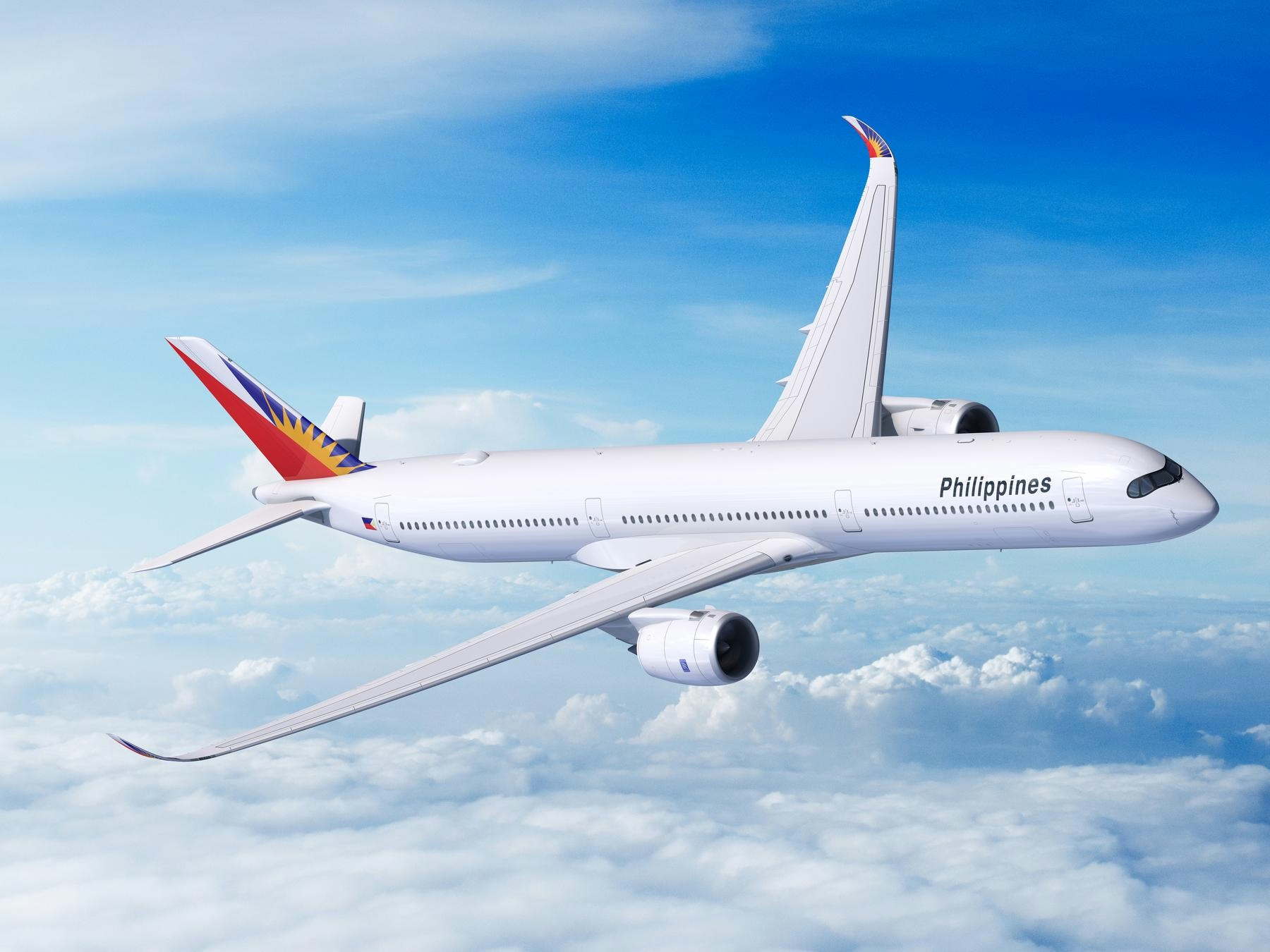
BOC Aviation to Lease Two Airbus A350-1000s to Philippine Airlines

How Many Boeing 777X Prototypes Were Built?
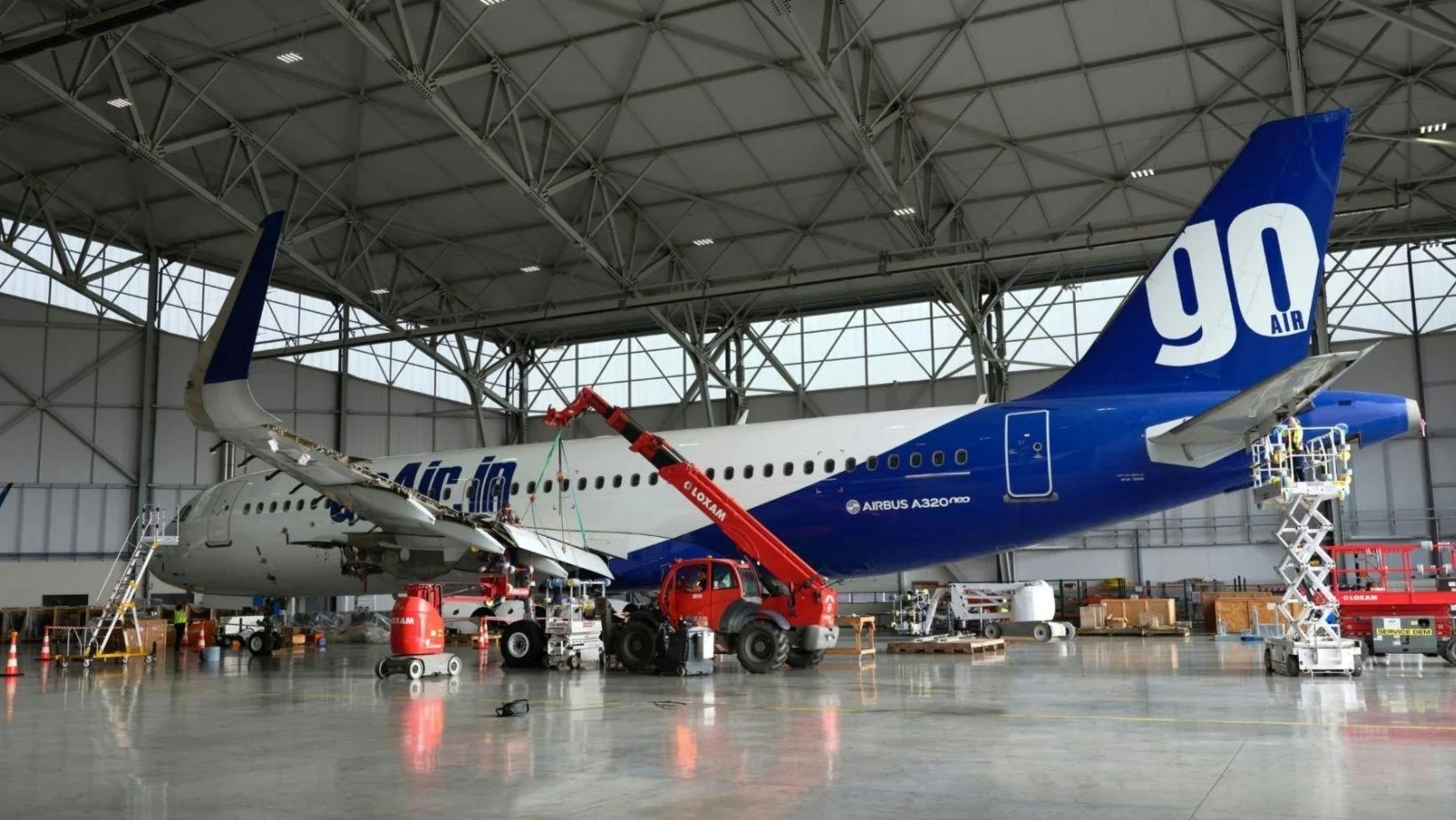
AerFin Announces Availability of A320neo Inventory

Petrobras Delivers First Sustainable Aviation Fuel Produced in Brazil
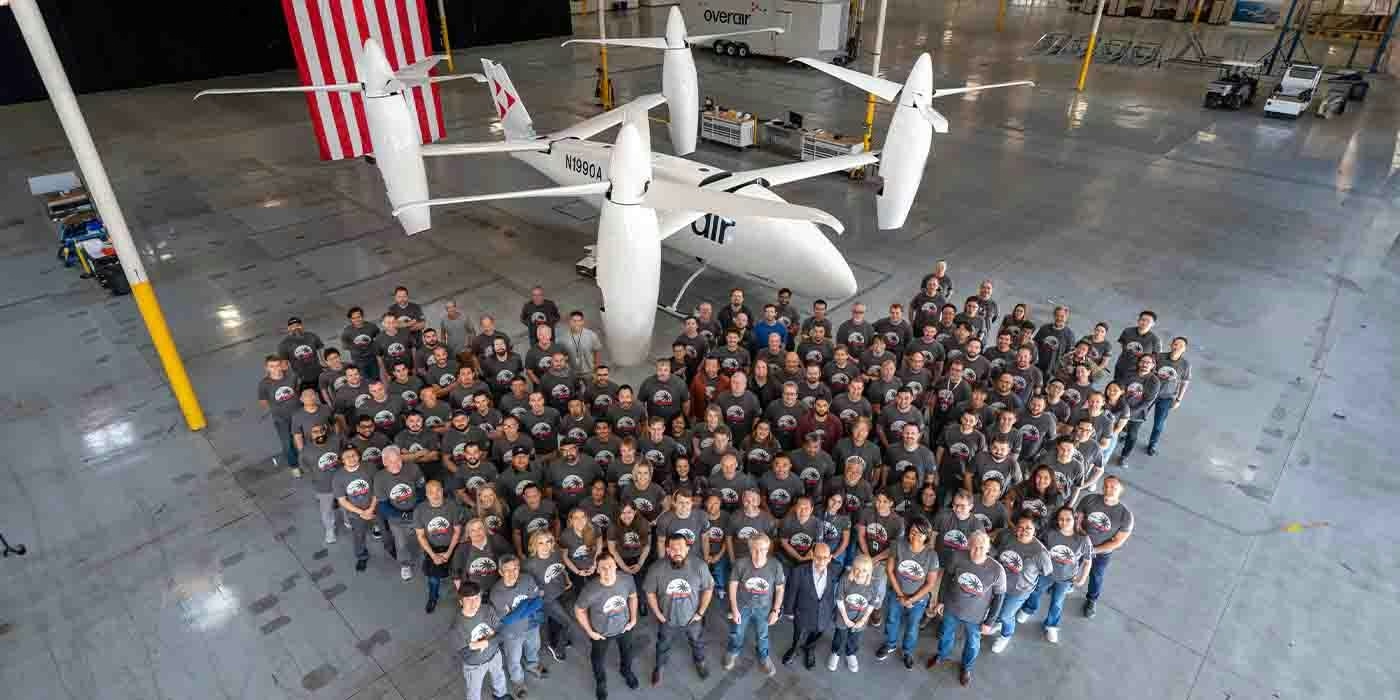
Unique mixed-propulsion eVTOL completes transition flight testing
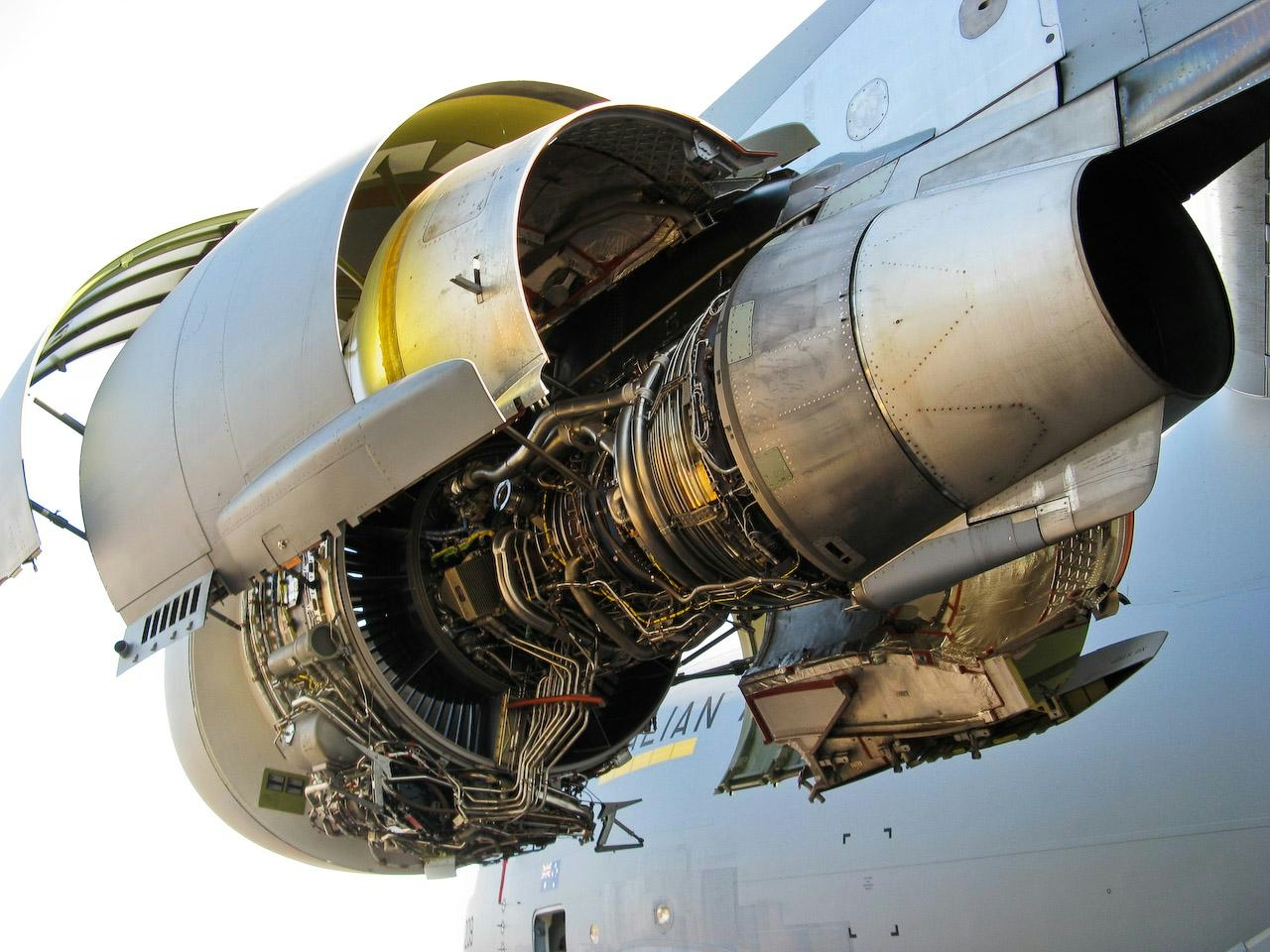
Are C-17 Globemaster Engines Derived from Boeing 757?
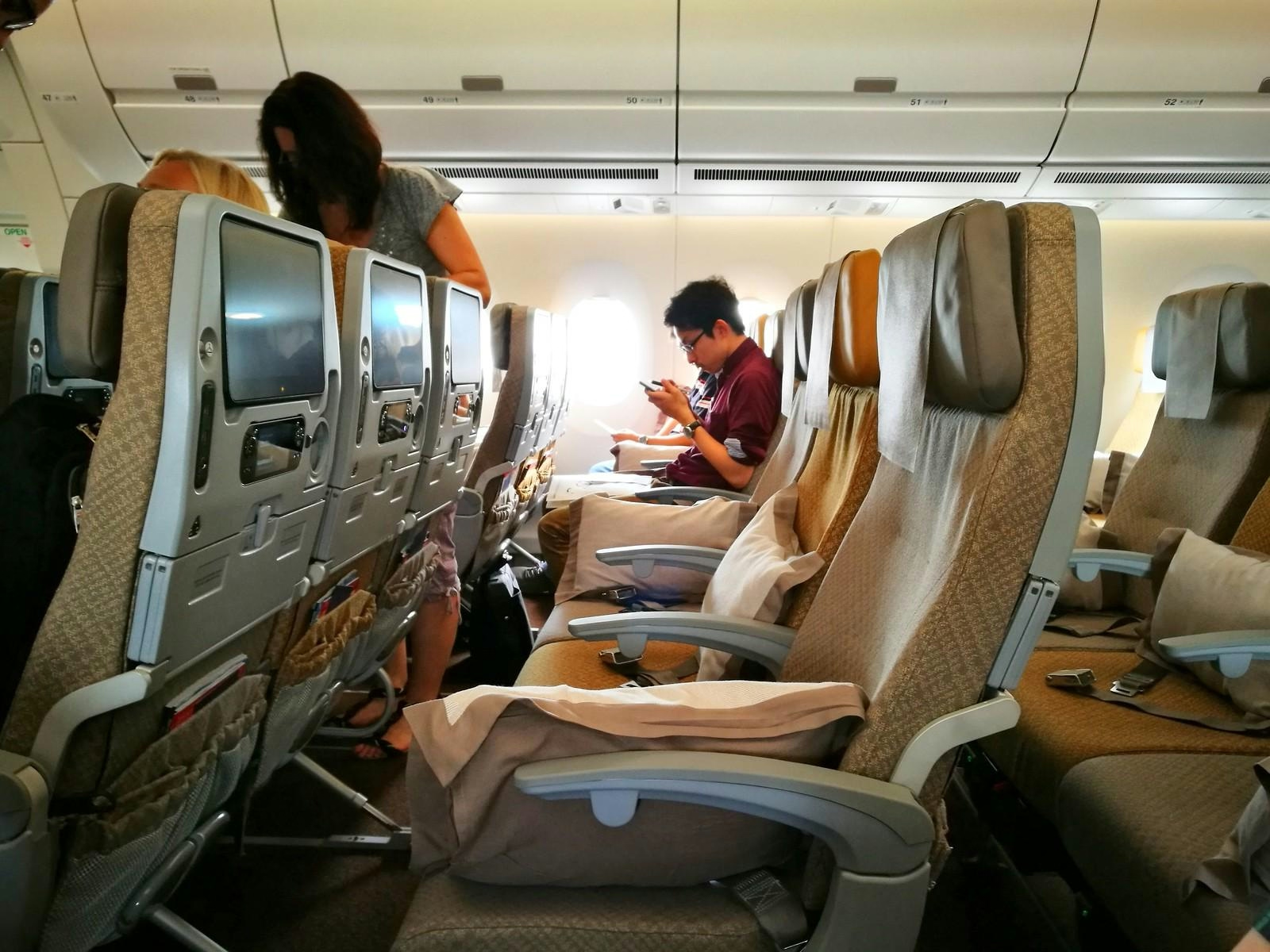
Why the Airbus A350’s Cabin Is Quieter Than Other Aircraft
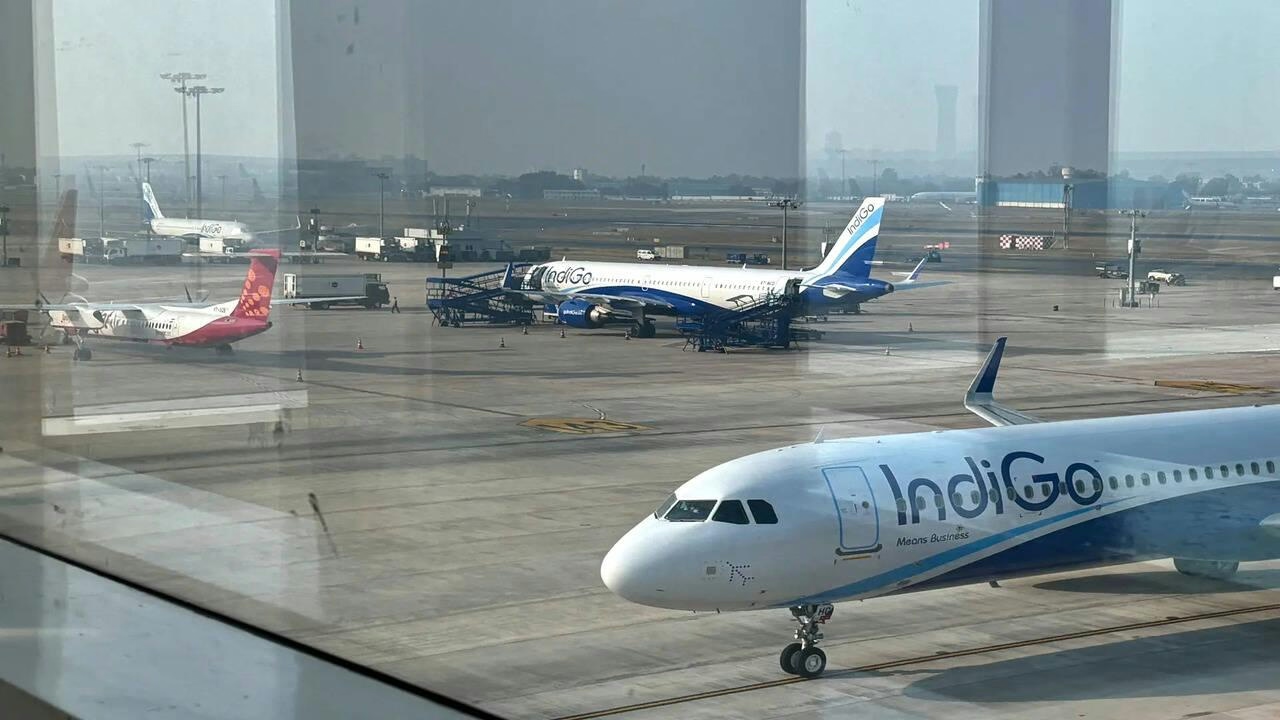
AI and AI Express Plan to Increase Capacity Amid IndiGo Flight Disruptions
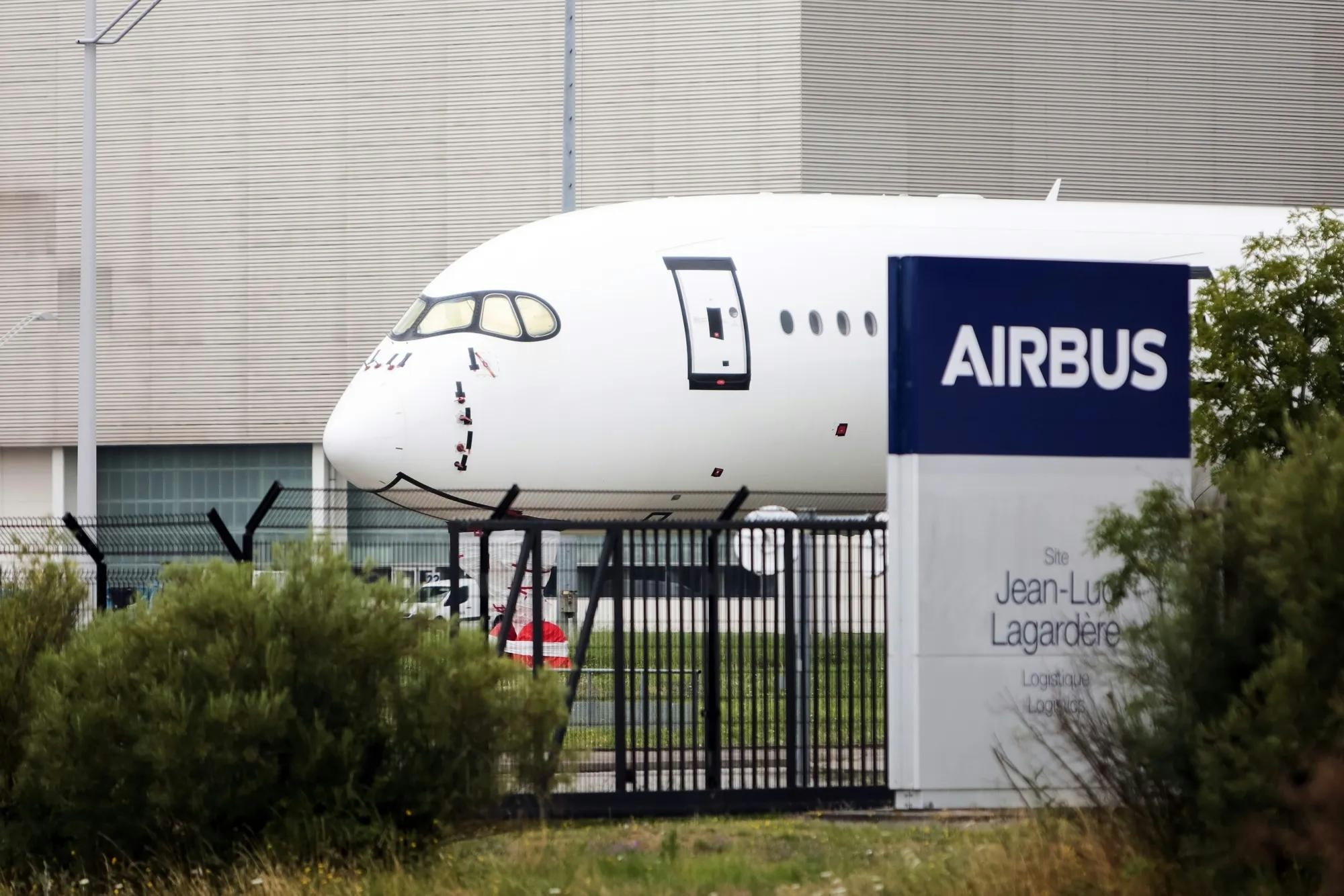
Kazakhstan and France Agree on Airbus Aircraft Deliveries
